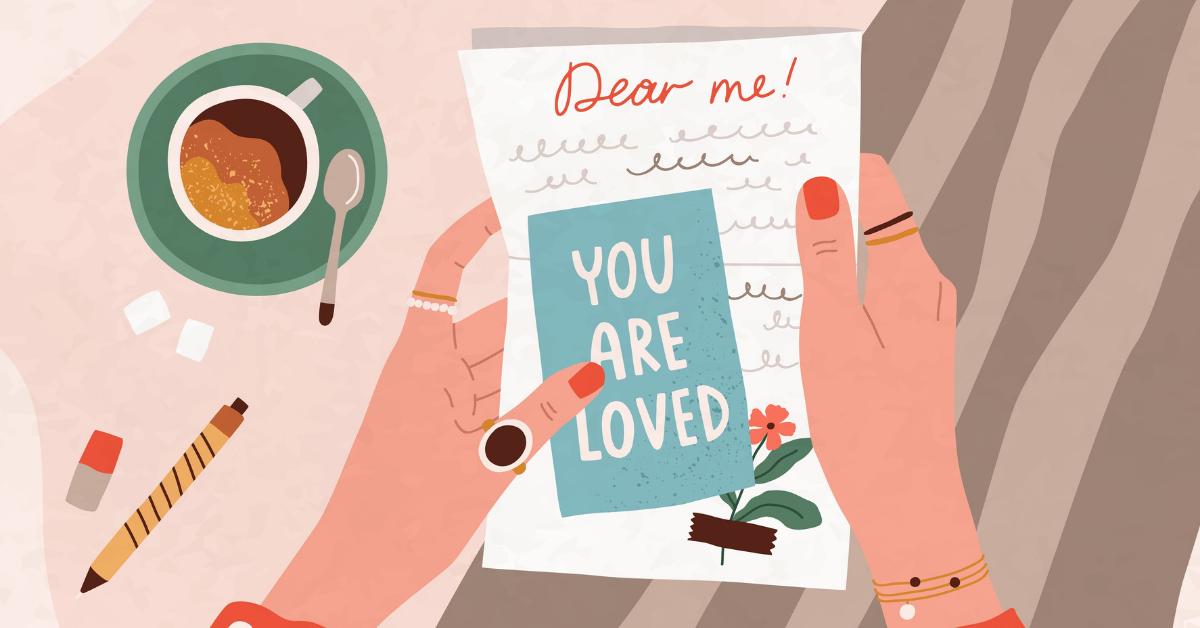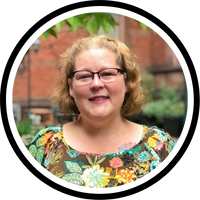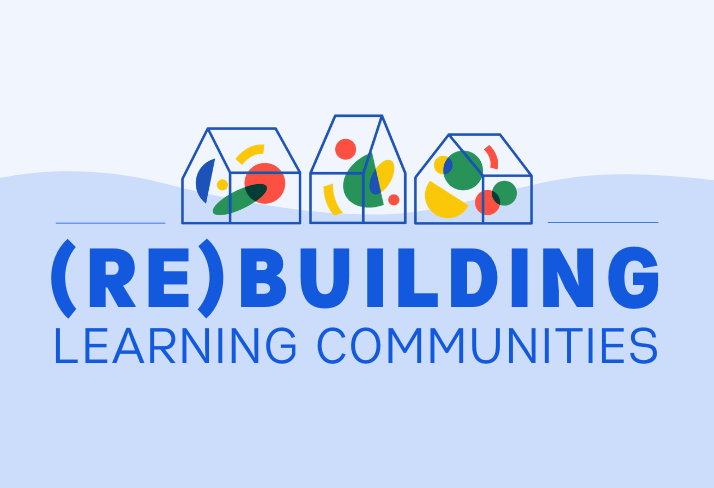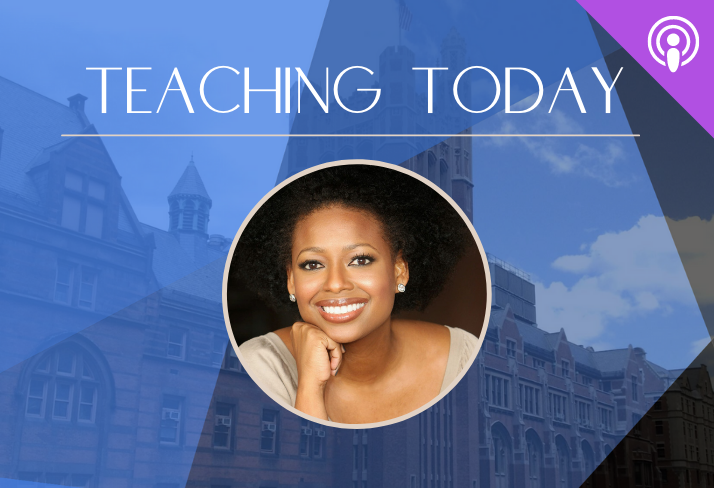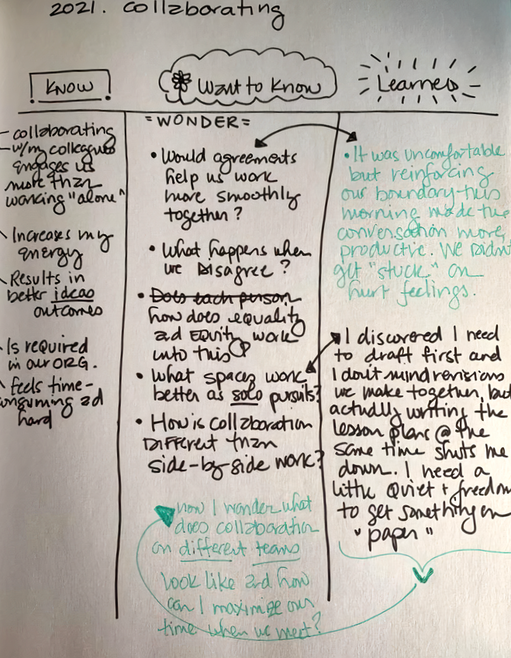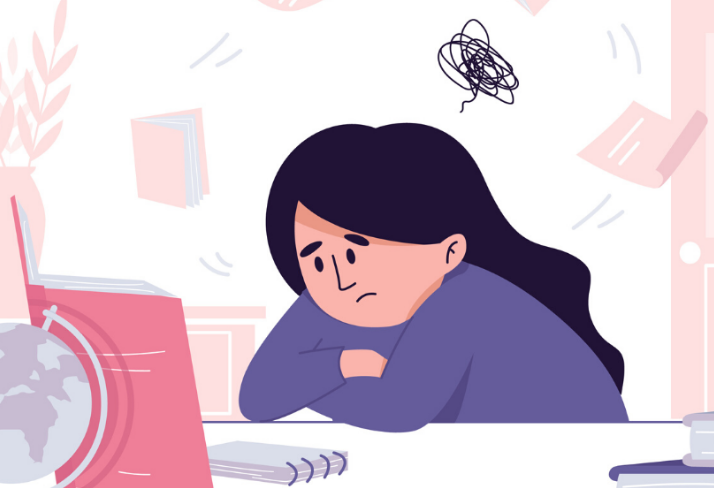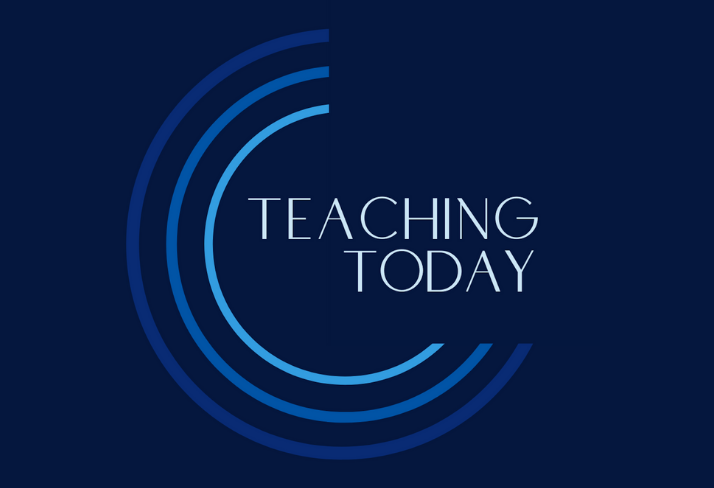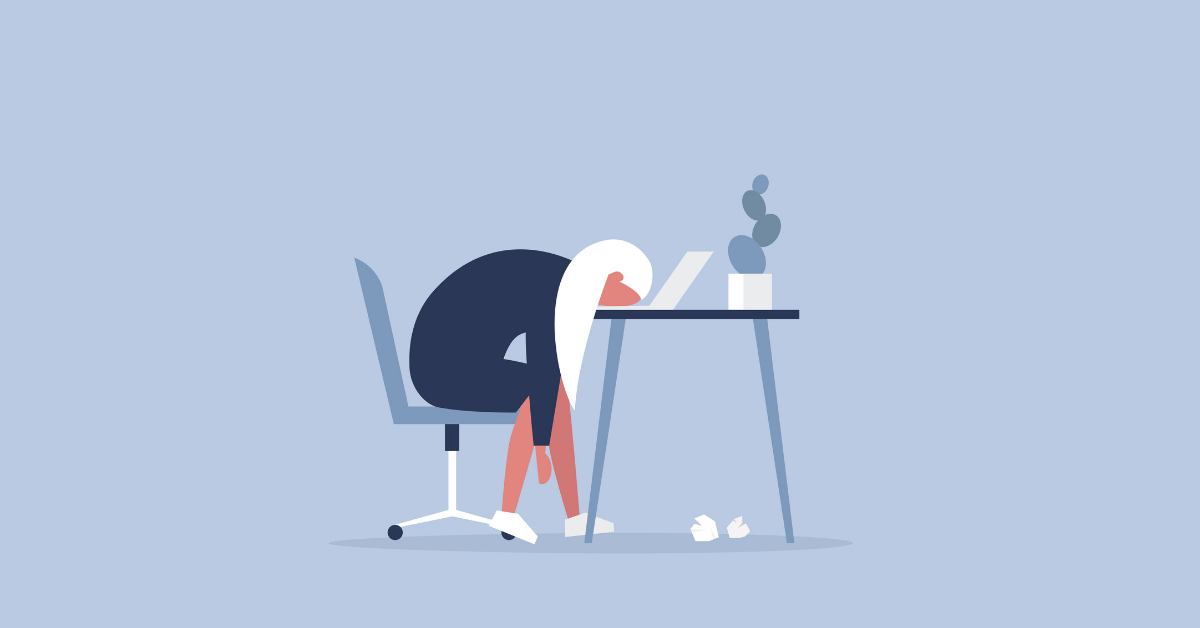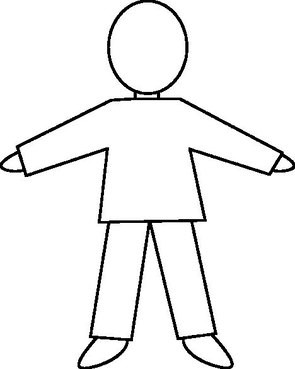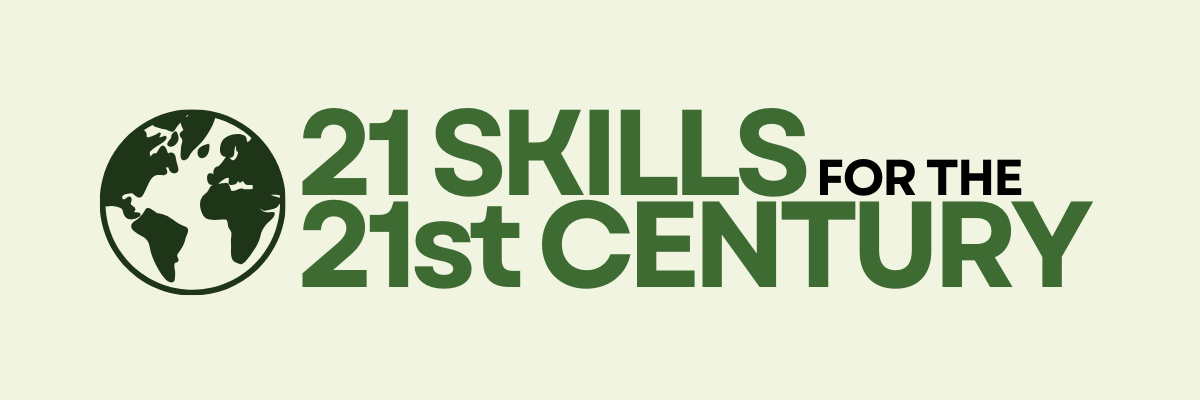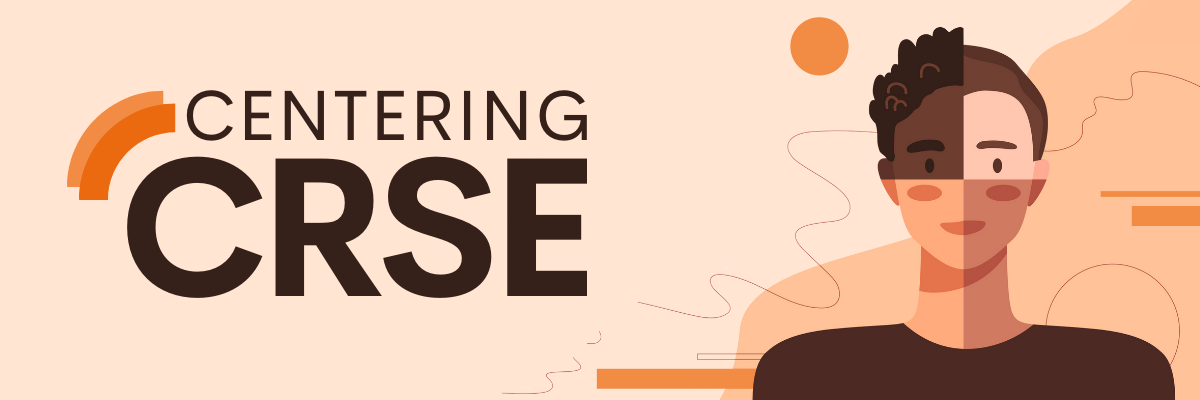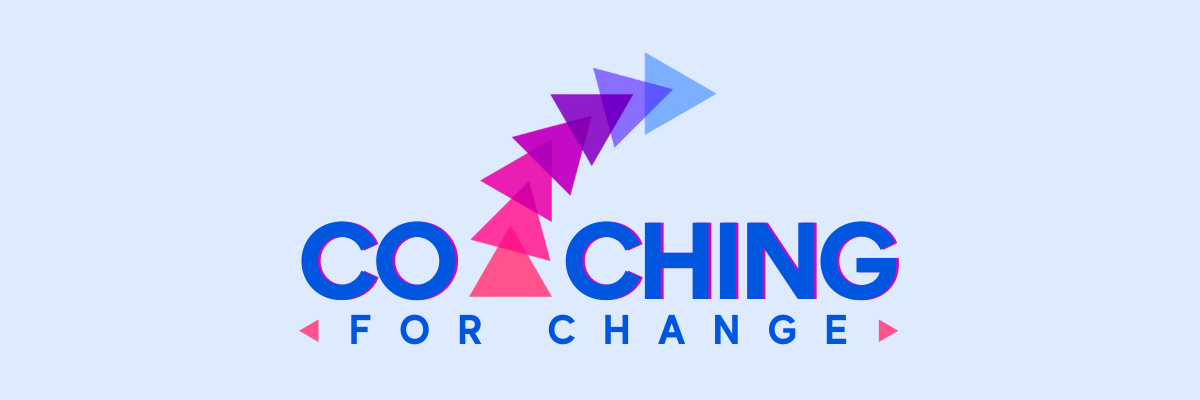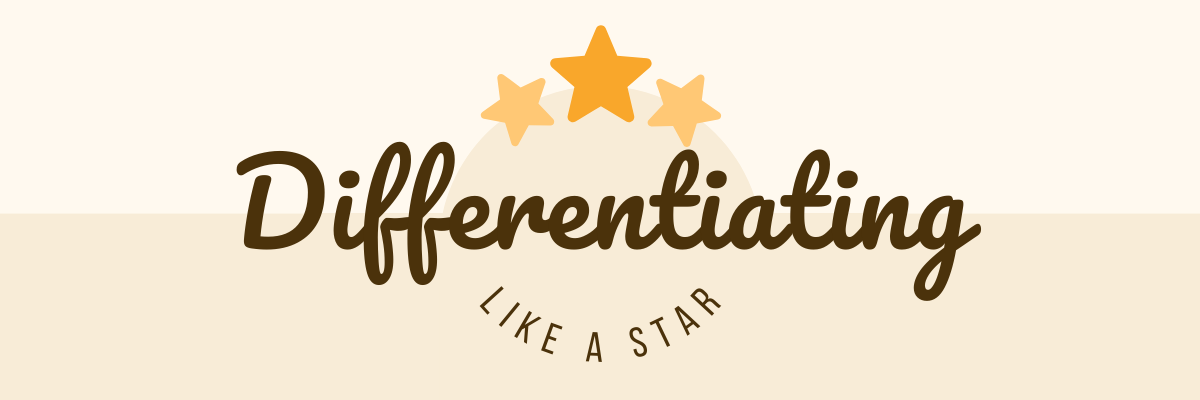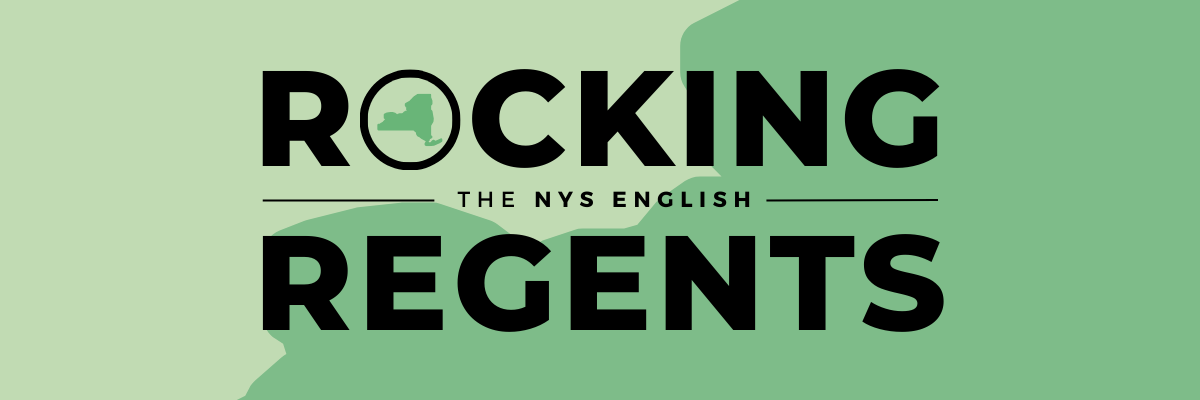|
Happy teachers tend to be wonderful teachers.
Did you ever get one of those letters? Those notes written in crayon or #2 pencil? Those sweet messages with a picture drawn at the bottom? Some of us remember those. We may have them tucked in drawers or taped in journals. Some of us remember emails or texts, sometimes years after our students graduate. They might have shared a memory or thanked us for a positive moment that stuck with them.
Those messages can help us float above the floor for a few minutes or keep us grounded for the day. What an encouragement! Here we are, in our next normal — whatever that looks like after whatever we’ve gone through. It seems like a good time for a letter from some of your colleagues with practical encouragement that builds our practice of supporting ourselves and each other.
Dear Teacher,
Happy teachers tend to be wonderful teachers. To be happy you have to figure out how to take care of yourself. It's not selfish. The trick is to figure out how best to take care of yourself, and then be deliberate about doing it. Nobody can do this but you! (I learned this a few years ago — I was late to the party)! I think it's important to make time for yourself, otherwise you'll burn out. Even on my busiest weeks, I value taking a little bit of time to be human. That might look different for everyone, so find a practice that centers you — whether that's working out or gardening or just reading mindless BuzzFeed articles. Making time for yourself is essential; not optional. Whatever you do, MAKE the time — otherwise you will burn out and be of no use to anyone.
With five minutes, you can:
With 30 minutes, you can:
With an hour, you can:
Thanks for being a teacher! Take this letter and tuck it away or tack it up somewhere to remind yourself to care for yourself first.
With love from your CPET colleagues, Ashlynn, Faith, Laura, Marcelle, Sean, and Sherrish
Engage in reflection, gain self-awareness, and pinpoint an area you want to develop further.
Our personal and professional lives collided during the distance learning, work from home reality these past months. We’ve lost some spaces to breath and decompress. The drive between our classroom and our own front door has been replaced, if we’re lucky, with a one-minute walk from desk to couch. If we’re even luckier, perhaps we can get in a 20-minute walk before we take care of our personal responsibilities, including managing distance learning for our own children. Gone are train rides home when we could people watch and listen to playlists or podcasts, shifting our focus out of problem-solving, answering and asking questions, grading and planning.
Perhaps you, like me, have searched for ways to create more space, and you’ve added a new practice or two to your routine, like taking scheduled walks, meditating before class, keeping a journal, or adding breathwork before dinner. Maybe the ideas you’ve uncovered don’t seem to integrate into your professional life. Sure, they’re great if you have all the time and space to engage in them, but let’s be honest — there seems to be even less time for that elusive self-care now that work days stretch from dawn until well past dark. Reading article after article on how to manage stress may have resulted in a lot of ideas, but little implementation. That’s normal. We all need support to take our next steps, and starting with the smallest thing could make the biggest difference.
K - W - L
As we move deeper into the year, we might look to practices that feel more authentic to our teaching selves. Using a familiar tool can provide a valuable structure, bridging the best of our personal pursuits with our professional realities. We may be familiar with K-W-L (Know - Want to Know - Learned), a reading strategy which serves as a self-propelling guide for students as they read through a text. Students begin by charting everything they know about a topic in the K column. They move on to generating questions about what they want to know about the topic. During and after reading, students document what they have learned. We can chart what we know, want to know, and have learned about anything at all, including our own professional development and the self-care habits we need to keep going strong. This process draws on our own prior knowledge, sets a purpose for our routines, reveals obstacles, and documents our progress, giving us the opportunity to both plan for our success and to celebrate steps we take along the way. Below is my K-W-L example, which is focused on collaboration, because that is an area I want to develop in my professional life during 2021. My “texts” are a combination of reading and action. In one case, I was having trouble maintaining my boundaries with colleagues. I read an article that felt more personal in nature than professional, but when I took action to make self-care a priority, (#7 in the article) I found myself carrying over some practices into my professional life. I began to honor my own feelings instead of pushing them aside in deference to others. My feelings were signaling when my boundaries were crossed, and I could then address that within myself and with my colleagues.
Identifying your how
What it seems we have more than enough of is access to ideas on what to do, like this idea about using a K-W-L in a new way, but we’re short on the how. My how emerged out of my needs and came out in three steps:
Simple supports
Even when we know the how, we also need support. Support can come in many different forms. Consider a few of the following simple ways to create support for yourself:
Using a K-W-L structure is one way to engage in reflection, gain self-awareness, and pinpoint an area you want to develop further. Returning to the "L" column can help you feel a sense of accomplishment, or at least identify a new place to begin work. Whether you want to chart about any of the hundreds of self-care options out there or you want to chart your progress toward specific teaching goals, by using K-W-L as a way to drive inquiry, we can uncover some answers, more questions, and plenty of celebration on the small and large steps we are taking as we continue adjusting to the next normal.
Where to begin when much around us seems to be crumbling or unfixable.
We walk through our days meeting the needs of our kids, our students, our partners, and our colleagues. When times are free from major conflict or loss, we can stay afloat or even find ourselves dancing under a beautiful sky of carefree moments. When times are tough, the margin we enjoyed shrinks. When times are as tough as they are today, we wake up almost daily to disheartening news, disturbing events, and distressing social media posts. We are overwhelmed and we may not know where to begin to make a difference when much around us seems to be crumbling or unfixable.
Restore your energy
Overcoming Overwhelm, an original CPET workshop, is designed to support a teacher’s self-care practice. It can expand to an all-day experience at one of our institutes, or its building blocks can be customized to accommodate a shorter time frame. The objective is for each educator to develop a unique plan to thrive through tough times. The live workshop engages participants in self-reflection focused on their current social, emotional, and mental space, with a lens on themselves as a human and in their role as a teacher/student/professional. Each person identifies areas of overwhelm and concern, explores their processes for dealing with the stresses resulting from challenges in both their professional and personal life, locates one leverage point for restoring their own energy, voice, and/or activism, and receives feedback and support from fellow participants. Participants come away from the workshop with a co-created self-care packet made up of their own writing and artwork, their colleagues' recommendations, and resources provided by our team (participants choose what resources they find most useful for their own packet, so it is a truly customized experience).
Connect to your body
What about today? This moment? How can you address overwhelm where you are right now? Body Connection is a simple practice you can follow to engage in a self-care — you won’t be surprised to hear this works great with kids of all ages as well!
|
|
The Center for Professional Education of Teachers (CPET) at Teachers College, Columbia University is committed to making excellent and equitable education accessible worldwide. CPET unites theory and practice to promote transformational change. We design innovative projects, cultivate sustainable partnerships, and conduct research through direct and online services to youth and educators. Grounded in adult learning theories, our six core principles structure our customized approach and expand the capacities of educators around the world.
|
ABOUT US
525 West 120th Street, Box 182 New York, NY 10027 416 Zankel Ph: (212) 678-3161 cpet@tc.edu Our Team Career Opportunities |
RESOURCES
Professional Articles Ready-to-Use Resources Teaching Today Podcast Upcoming PD Opportunities |
COACHING SERVICES
Custom Coaching Global Learning Alliance Literacy Unbound New Teacher Network Student Press Initiative |

